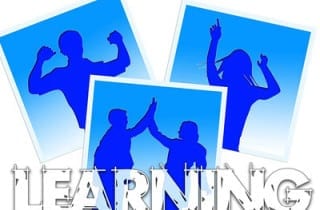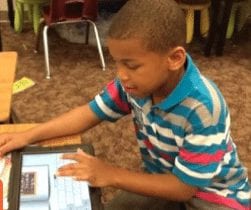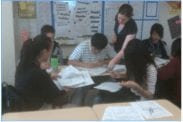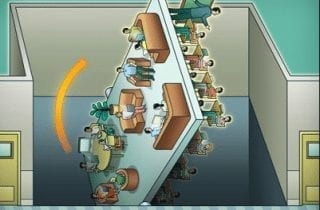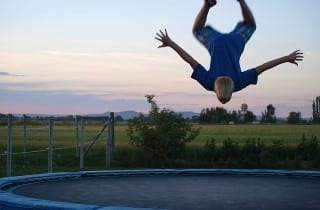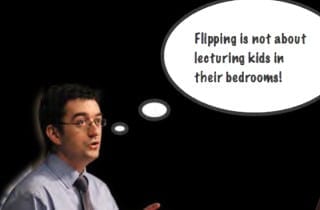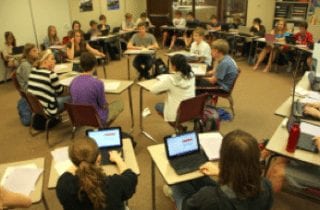Presented by Alice Pistono, Science Outreach Manager, JoVE, and TEDx Speaker
The challenge with trying to flip instruction is to engage students around the content in a dynamic way. Then, class time can be used to create learning communities.
In our small school district, over a dozen teachers and 200 students participated in a project-based learning activity that allowed students to become self-published authors.
Flipping your class is not about having students watch videos at home. In this edWeb.net webinar for the Digital Educator community, Crystal Kirch discussed the shifts required for flipped learning, and how to design an effective flipped learning environment using her WSQ strategy.
Curious about the flipped movement? Want to explore different Open Educational Resources (OER) to expand your instruction and student learning? In this webinar, presented by the Open Educational Resources in the K-12 Classroom community on edWeb.net, Aubrey Harrison, Instructional Technology Specialist from Charlotte Mecklenburg Schools, investigated why everyone is talking about flipping their classrooms.
Aubrey Harrison, Instructional Technology Specialist at Charlotte Mecklenburg Schools, shared his passion for flipped learning. By flipping your classroom, you can provide your students with material to review at home, and use valuable classroom time for deeper learning experiences.
Participatory learning tools like social media and/or learning management systems can strengthen instructional partnerships between classroom teachers and school librarians. This webinar highlighted examples of how such partnerships can increase student achievement and professional learning for teachers.
Whether you and your school are considering, starting, or fully implementing a blended learning model, there are several key factors that impact the success of students in a new blended model. While each school’s journey to blended learning is unique, there are some critical decisions that every school must make along the way.
The old way of leading a school sometimes involved sending out newsletters once a month to parents, and checking off a list of “to do’s” at monthly faculty meetings. For some leaders though, that wasn’t enough. They wanted to go deeper in their involvement in the school community, and take risks with how they communicate with all stakeholders. It involves flipped leadership.
Non-traditional forms of assessment, such as peer-to-peer learning, can produce useful information for the teacher. Another idea is to include an assessment component in warm-up, group, and closure activities during class. Teachers can make students more responsible for their own learning through technology-enhanced self-assessments.



